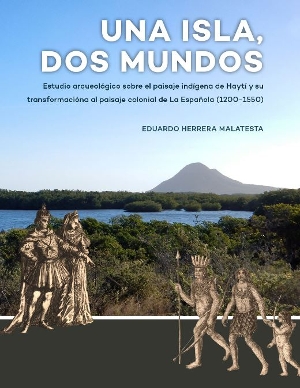Dissertation
Una Isla, Dos Mundos
The arrival of Columbus to the Caribbean in 1492 marked a milestone in world history. In both the European and the indigenous world, a set of economic, political and hierarchical networks and relations were defined, structured and changed. These changes affected the indigenous population at different cultural, social and political levels.
- Author
- Eduardo Herrera Malatesta
- Date
- 14 March 2018
- Links
- Website of the publisher

One way to approach the transformations that occurred in the indigenous world is by studying material culture patterns and their spatial distribution. In this work a regional archaeological investigation was combined with a theoretical framework that integrated: the concepts of taskscape and contested landscapes with statistical analysis and Geographic Information Systems, to evaluate the patterns of material culture distribution and its cultural implications.
The research project was carried out on the coast of the current Montecristi province, in northwest Dominican Republic. The theories and methods were applied to different archaeological spatial patterns as well as a set of environmental characteristics. This allowed indigenous taskscapes to be defined at different spatial scales, which in turn permitted the delineation of the indigenous landscape before the arrival of Columbus.
Read more on the website of Sidestone Press.
